42 prokaryotic cells label
Label the Parts of a Prokaryotic Cell - Printable - PurposeGames.com This is a printable worksheet made from a PurposeGames Quiz. To play the game online, visit Label the Parts of a Prokaryotic Cell Download Printable Worksheet Please note! You can modify the printable worksheet to your liking before downloading. Download Worksheet Include correct answers on separate page About this Worksheet Name - biologywithsteiner Label the prokaryotic cell and the eukaryotic cell. Cell membrane. Cytoplasm prokaryotic cell. ОИ. JAZ. 2. Explain why you labeled each diagram as you did.
Prokaryotic Cells: Structure, Function, and Definition Prokaryotic cells lack organelles found in eukaryoitic cells such as mitochondria, endoplasmic reticuli, and Golgi complexes. According to the Endosymbiotic Theory, eukaryotic organelles are thought to have evolved from prokaryotic cells living in endosymbiotic relationships with one another. Like plant cells, bacteria have a cell wall.
Prokaryotic cells label
Introduction to Cells - YouTube This HD dramatic video choreographed to powerful music introduces the viewer/student to the wonder and miracle of cells. It is designed as a motivational "tr... Difference between Prokaryotic and Eukaryotic Cells - BYJUS A prokaryotic cell is a primitive type of cell that is characterized by the absence of a nucleus. Furthermore, prokaryotes do not possess membrane-bound cellular organelles. Prokaryotes are exclusively unicellular. What is a Eukaryotic cell? Eukaryotic cells are cells that possess a true nucleus along with membrane-bound organelles. Solved C. Draw a prokaryotic cell. Label the following 10 - Chegg C. Draw a prokaryotic cell. Label the following 10 structures, and include a brief function/description for each: (5 pts total) o Capsule o Cell wall O Plasma membrane O Ribosomes o Nucleoid region o Chromosome o Plasmid o Flagellum o Pilus Fimbriae O D. Draw a eukaryotic plant cell.
Prokaryotic cells label. Studying Cells - National Institute of General Medical ... Mar 11, 2020 · Prokaryotic cells don’t have a nucleus or other organelles. They are single-celled microorganisms that tend to be smaller than eukaryotic cells. There are two types of prokaryotic cells—bacteria and archaea. What are some of the major organelles in a human cell? In addition to the nucleus, the most prominent organelles include the following: Prokaryotic Cell Parts, Functions & Diagram - Science Prof Online Internal Structures of Prokaryotic Cells Plasma Membrane: The cell membrane is a double-layer of phospho lipids with associated proteins and other molecules. It is essentially the "bag" that holds all of the intracellular material and regulates the movement of materials into and out of the cell. Plant cells - Cell structure - AQA - GCSE Combined Science ... Plant cells This basic structure of a plant cell is shown below – the same plant cell, as viewed with the light microscope, and with the transmission electron microscope. Animal and plant cells ... Prokaryotic Cells - Visible Body Prokaryotic cells are normally smaller than eukaryotic cells, with a typical size range of 0.1 to 5 μm in diameter. Prokaryotes are made up of a single cell, though they can pair up or cluster together to form mats. 2. Structures on the outside of a bacterium protect it and help it move
Cell (biology) - Wikipedia Cell Movements and the Shaping of the Vertebrate Body Archived 2020-01-22 at the Wayback Machine in Chapter 21 of Molecular Biology of the Cell Archived 2017-09-27 at the Wayback Machine fourth edition, edited by Bruce Alberts (2002) published by Garland Science. The Alberts text discusses how the "cellular building blocks" move to shape developing embryos. It is also common to describe small ... Solved: Label the parts of the prokaryotic cell. Label ... | Chegg.com 42CT Label the parts of the prokaryotic cell. Label the parts of the prokaryotic cell. Step-by-step solution Step 1 of 3 Cells without the presence of nucleus are called prokaryocytes (Greek: pro, before and karyon, nucleus). Chapter 3, Problem 42CT is solved. View this answer View a sample solution Step 2 of 3 Step 3 of 3 Back to top 2,455 Prokaryotic cell Images, Stock Photos & Vectors - Shutterstock Find Prokaryotic cell stock images in HD and millions of other royalty-free stock photos, illustrations and vectors in the Shutterstock collection. Thousands of new, high-quality pictures added every day. Interactive Cell Models - CELLS alive For life all cells have basic needs. Cells have diverged in their structure and function to accommodate these survival requirements. Here are some KEY TERMS to help you think, explore and search for similarities and significant differences that have become the characteristics of eukaryote (animal, plant) and prokaryotic (bacteria) cells.
Prokaryote - Wikipedia A prokaryote (/ p r oʊ ˈ k ær i oʊ t,-ə t /) is a single-celled organism that lacks a nucleus, and other membrane-bound organelles. The word prokaryote comes from the Greek πρό (pro, 'before') and κάρυον (karyon, 'nut' or 'kernel'). In the two-empire system arising from the work of Édouard Chatton, prokaryotes were classified within the empire Prokaryota. Prokaryotic Cells- Definition, Structure, Characteristics, and ... - BYJUS Prokaryotic cells are single-celled microorganisms known to be the earliest on earth. Prokaryotes include Bacteria and Archaea. The photosynthetic prokaryotes include cyanobacteria that perform photosynthesis. A prokaryotic cell consists of a single membrane and therefore, all the reactions occur within the cytoplasm. Differences Between Plant and Animal Cells - ThoughtCo May 04, 2019 · Animal cells are generally smaller than plant cells. Animal cells range from 10 to 30 micrometers in length, while plant cells range from 10 and 100 micrometers in length. Shape . Animal cells come in various sizes and tend to have round or irregular shapes. Plant cells are more similar in size and are typically rectangular or cube shaped. Label the prokaryotic cell Quiz - Purpose Games This is an online quiz called Label the prokaryotic cell There is a printable worksheet available for download here so you can take the quiz with pen and paper. Your Skills & Rank Total Points 0 Get started! Today's Rank -- 0 Today 's Points One of us! Game Points 8 You need to get 100% to score the 8 points available Actions Add to Playlist
Prokaryotic Cell Without Labels - 18 images - cell organelles cells the ... [Prokaryotic Cell Without Labels] - 18 images - pin on cells, bacteria diagram labeled clipart best, difference between prokaryotic and eukaryotic cells biology exams 4 u, difference between plant and animal cells cells as the basic units of,
Prokaryotic Cell Labeling Diagram | Quizlet A non-membrane-bounded region in a prokaryotic cell where the DNA is concentrated. cytoplasm A jellylike fluid inside the cell in which the organelles are suspended capsule Covers the cell wall in prokaryotes. cytoplasmic membrane a semipermeable barrier that separates the cell interior (cytoplasm) from the environment cell wall
Prokaryotic Cell - Definition, Examples & Structure - Biology Dictionary A prokaryotic cell is a type of cell that does not have a true nucleus or membrane-bound organelles. Organisms within the domains Bacteria and Archaea are based on the prokaryotic cell, while all other forms of life are eukaryotic. However, organisms with prokaryotic cells are very abundant and make up much of Earth's biomass. Overview
Structure of Prokaryotes | Boundless Biology | | Course Hero Prokaryotes are unicellular organisms that lack organelles or other internal membrane-bound structures. Therefore, they do not have a nucleus, but, instead, generally have a single chromosome: a piece of circular, double-stranded DNA located in an area of the cell called the nucleoid. Most prokaryotes have a cell wall outside the plasma membrane.
Label the structures of the prokaryotic cell in the figure below ... Cytosol, cell wall, teichoic acid, LPS Peptidoglycan, slime-layer, cytosol, teichoic acid cytosol, peptidoglycan, te choic acid, capsule Plasma membrane, peptidoglycan, techoic acid, capsule Plasma membrane, cell walt, peptidoglycan, LPS Draw a typical prokaryotic cell and label as many structures as you can. Include a description...
Prokaryote Labeling | Science - Quizizz answer choices. prokaryotes lack a nucleus and membrane-bound organelles. prokaryotes have a nucleus and membrane-bound organelles. prokaryotes are the simplest of all cells. prokaryotes are a very complex type of cell. Question 11. 30 seconds. Q. Describe the Chromosome (DNA) of bacteria.
labeling prokaryotes and eukaryotes - TeachersPayTeachers This worksheet could be used as an informal or formal assessment of students labeling the organelles within the animal and plant cells. The final task of this worksheet consists of comparing and contrasting the two main types of cells (eukaryotes vs. prokaryotes) Subjects: Biology, General Science, Science.
Prokaryotic cell to label - Labelled diagram - Wordwall Verbind ieder label met de juiste plek in de afbeelding.. nucleoid region, pili, ribosomes, flagellum, plasmid, cytoplasm, plasma membrane, cell wall, capsule.
PDF Prokaryotic Cell Structure & Function - Anoka-Hennepin School District 11 Prokaryotes-CellShapes Most bacteria are classifies according to shape: 1. bacillus (pl. bacilli)= rod-shaped 2. coccus(pl. cocci… sounds like cox-eye)= spherical 3. spiral shaped a. spirillum(pl. spirilla) = spiral with rigid cell wall, flagella b. spirochete(pl. spirochetes)= spiral with flexible cell wall, axial filament
IB Biology Notes - 2.2 Prokaryotic cells - IB Guides Prokaryotic cells 2.2.1 Draw and label a diagram of the ultrastructure of Escherichia coli (E. coli) as an example of a prokaryote. 2.2.2 Annotate the diagram from 2.2.1 with the functions of each named structure. Cell wall: Protects the cell from the outside environment and maintains the shape of the cell.
Labeling the Prokaryotic Cell Flashcards - Quizlet Prokaryotic Cell Capsule A sticky layer that surrounds the cell walls of some bacteria, protecting the cell surface and sometimes helping to glue the cell to surfaces. Cell Wall A rigid layer of nonliving material that surrounds the cells of plants and some other organisms. Plasma Membrane
Eukaryotic Cell - The Definitive Guide | Biology Dictionary A eukaryotic cell contains membrane-bound organelles such as a nucleus, mitochondria, and an endoplasmic reticulum. Organisms based on the eukaryotic cell include protozoa, fungi, plants, and animals. These organisms are grouped into the biological domain Eukaryota. Eukaryotic cells are larger and more complex than prokaryotic cells found in ...
Prokaryotes - NC State University Prokaryotes are the smallest forms of life that can live independently. Most prokaryotes are tiny single cells, but some can form larger, multi-celled structures. The first life on earth consisted of prokaryotic cells. The most familiar prokaryotes are bacteria. Bacteria are a very diverse group that have several shapes, depending on the species.
CELLS alive! Since 1994, CELLS alive! has provided students with a learning resource for cell biology, microbiology, immunology, and microscopy through the use of mobile-friendly interactive animations, video, puzzles, quizzes and study aids.
Prokaryotic Cell: Definition, Functions, Diagram, Examples - Embibe Exams Prokaryotic cells are the unicellular cells that lack a well-defined nucleus, i.e. genetic material is not enclosed by a nuclear membrane. These cells are very minute in size \ (0.1\) to \ (5.0\, {\rm {\mu m}}\). Common prokaryotic cell is a bacterial cell. Our body has over \ (100\) trillion bacterial cells.
Draw a diagram of a prokaryotic cell and label at least ... - Toppr Ask Labelled diagram of a prokaryotic cell. Solve any question of Cell : The Unit of Life with:-. Patterns of problems. >.
SOLVED:Label the parts of the prokaryotic cell. - Numerade Video Transcript. So let's go over the parts of a pro care at Excel. So I will be writing the names of the structures in Crete. So first we have the chromosome. Most procure it excels, have a circular chromosome. However, in some cells, this will be called the nuclear region. And they would have DNA sort of strewn about within this area.
Prokaryotic cells (article) - Khan Academy Components of prokaryotic cells · The plasma membrane is an outer covering that separates the cell's interior from its surrounding environment. · Cytoplasm ...
Label-Free Raman Microspectroscopy for Identifying Prokaryotic ... Raman microspectroscopy has been used to thoroughly assess growth dynamics and heterogeneity of prokaryotic cells, yet little is known about how the chemistry of individual cells changes during infection with virulent viruses, resulting in so-called virocells. ... Label-Free Raman Microspectroscopy for Identifying Prokaryotic Virocells mSystems ...
Solved C. Draw a prokaryotic cell. Label the following 10 - Chegg C. Draw a prokaryotic cell. Label the following 10 structures, and include a brief function/description for each: (5 pts total) o Capsule o Cell wall O Plasma membrane O Ribosomes o Nucleoid region o Chromosome o Plasmid o Flagellum o Pilus Fimbriae O D. Draw a eukaryotic plant cell.
Difference between Prokaryotic and Eukaryotic Cells - BYJUS A prokaryotic cell is a primitive type of cell that is characterized by the absence of a nucleus. Furthermore, prokaryotes do not possess membrane-bound cellular organelles. Prokaryotes are exclusively unicellular. What is a Eukaryotic cell? Eukaryotic cells are cells that possess a true nucleus along with membrane-bound organelles.
Introduction to Cells - YouTube This HD dramatic video choreographed to powerful music introduces the viewer/student to the wonder and miracle of cells. It is designed as a motivational "tr...
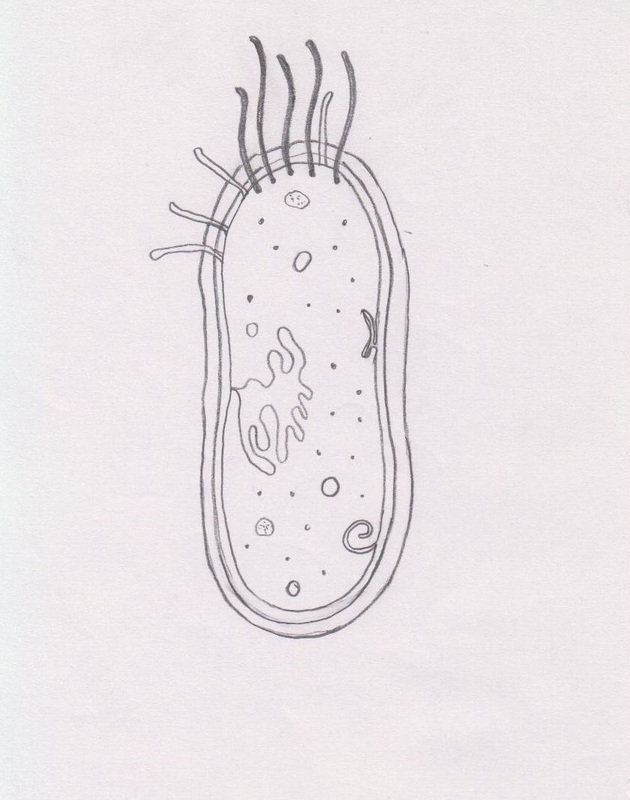





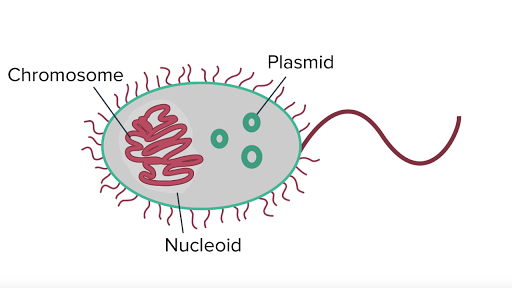



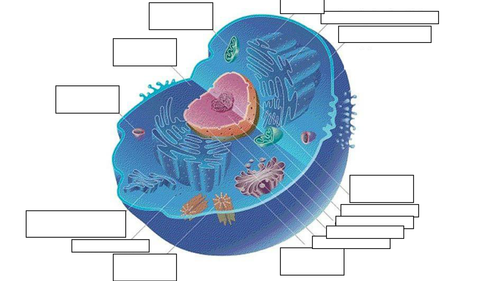

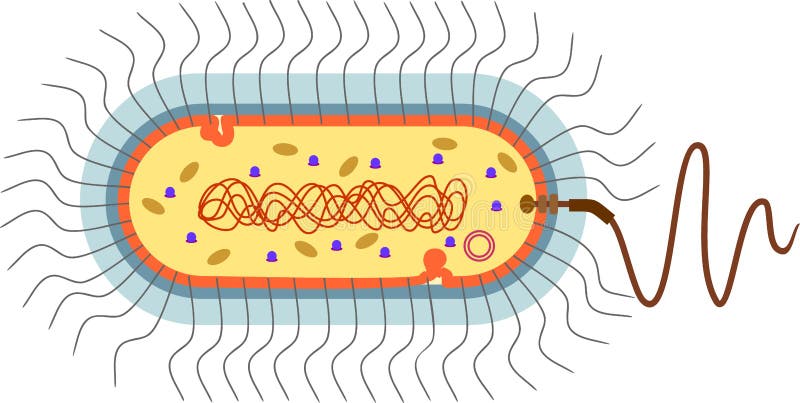
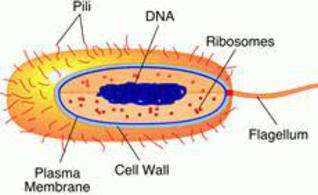

:max_bytes(150000):strip_icc()/what-are-prokaryotes-and-eukaryotes-129478-v41-5b69b4c546e0fb0025628d06.png)
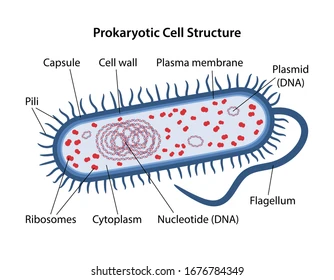

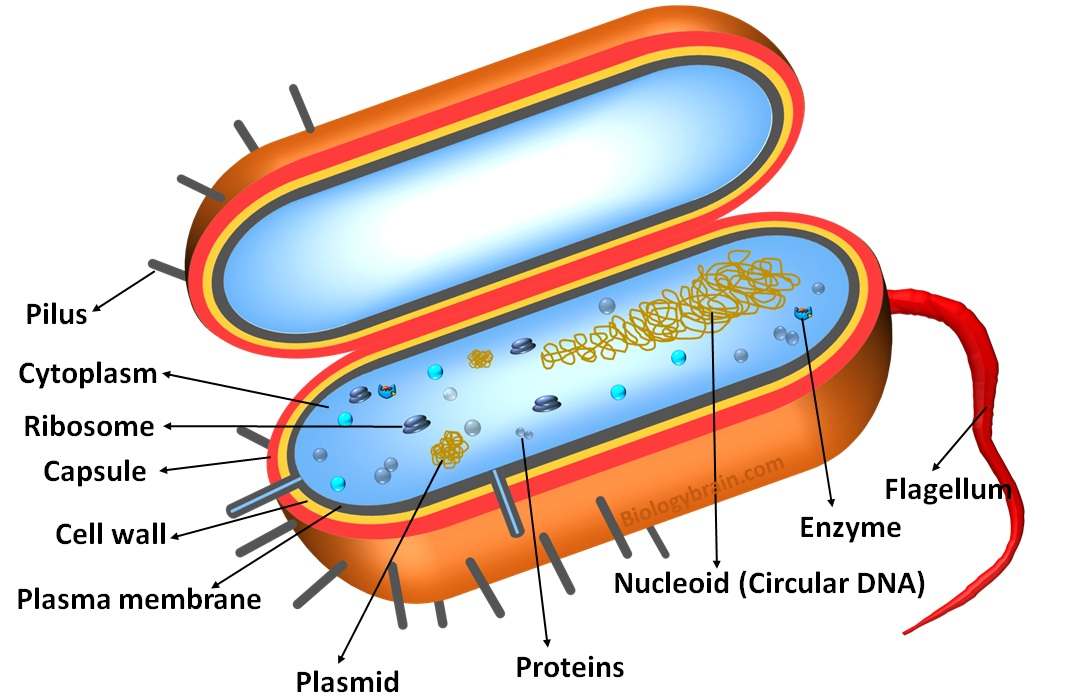



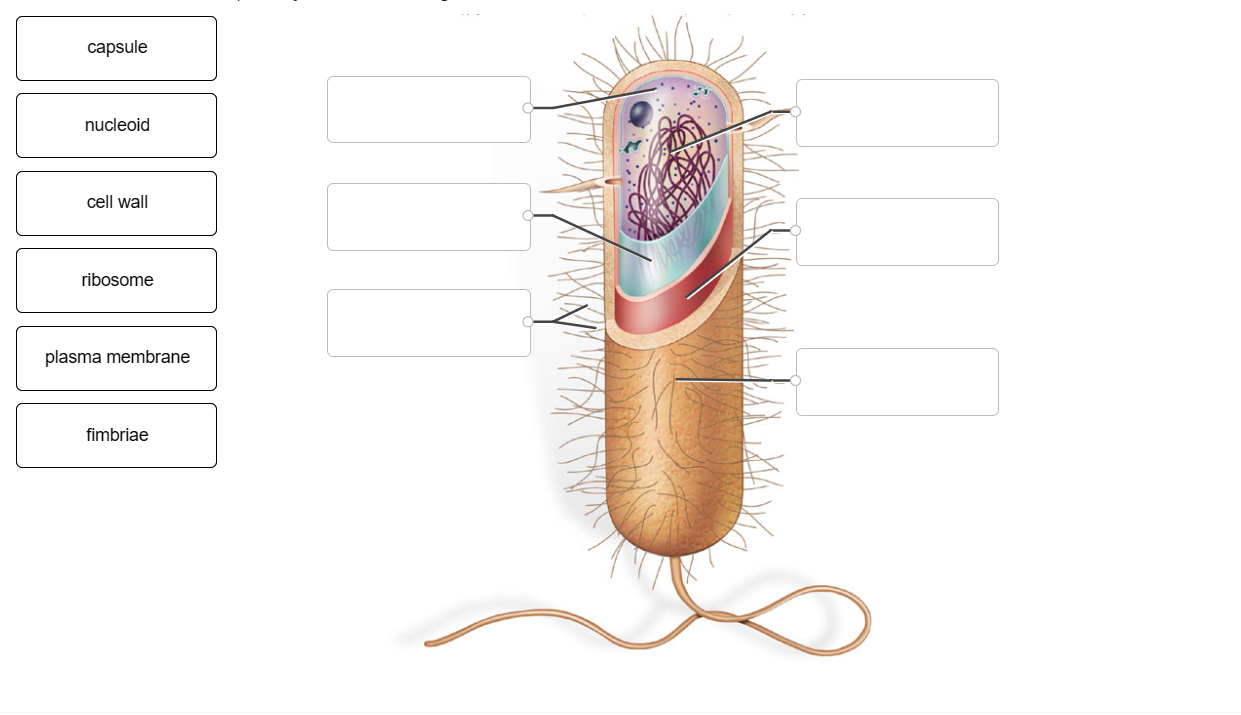
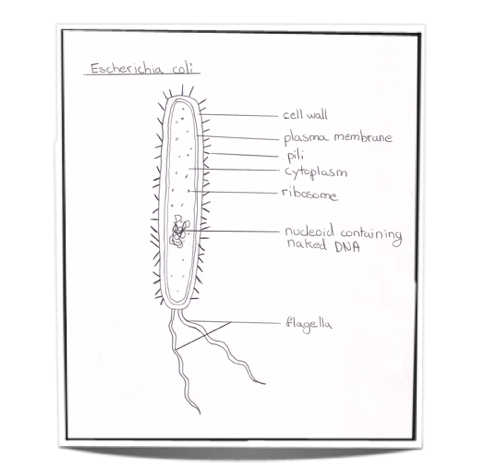

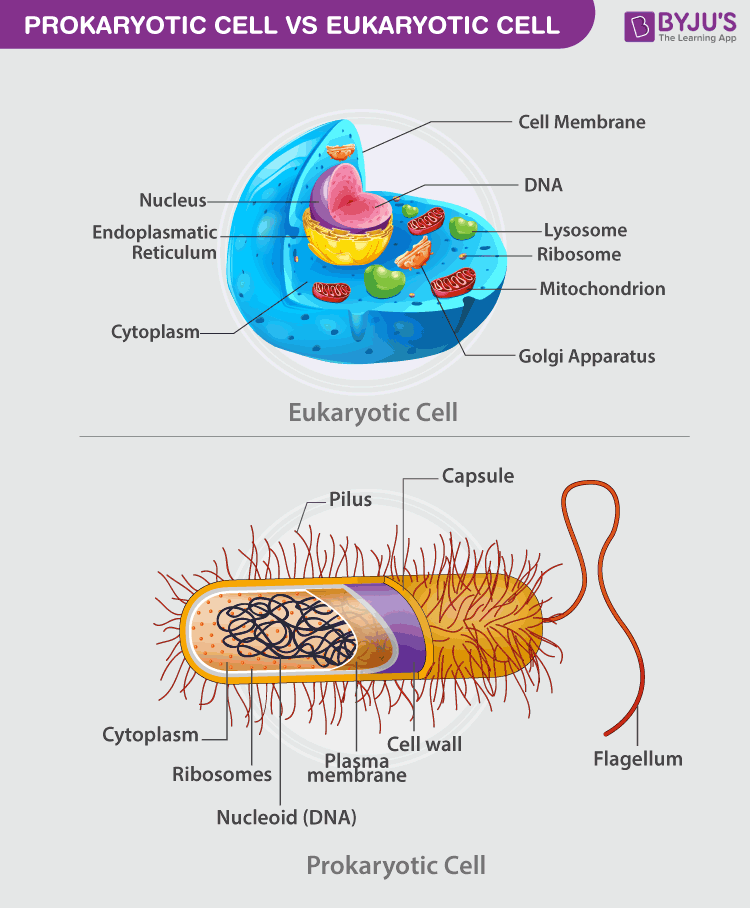

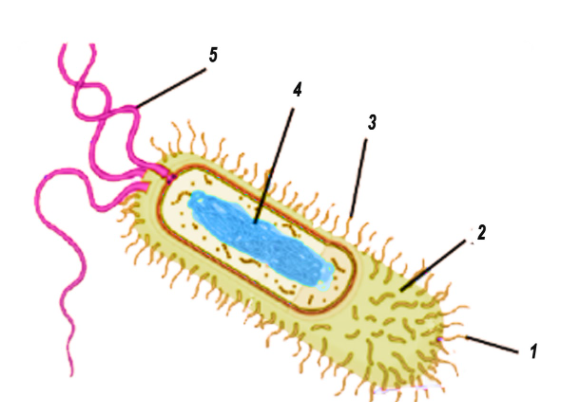
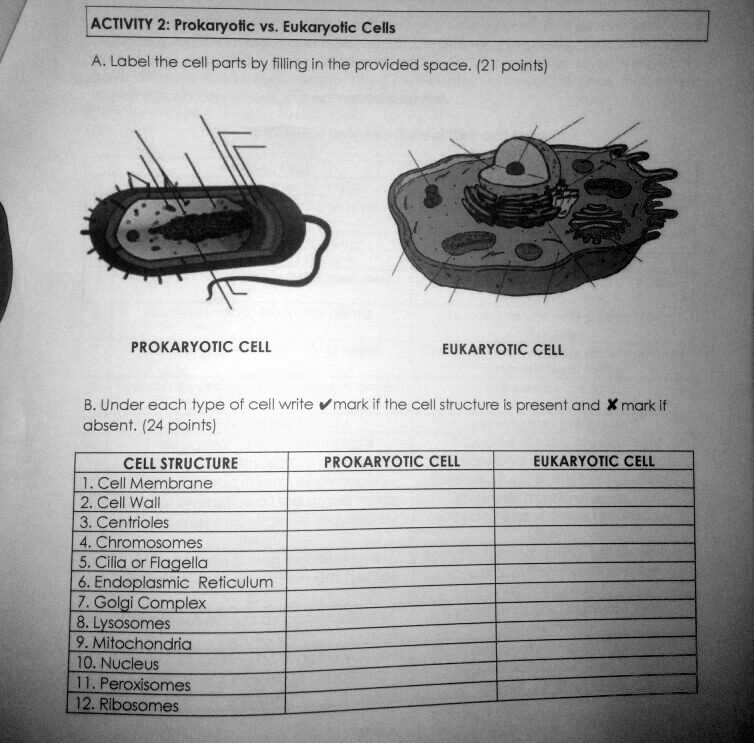


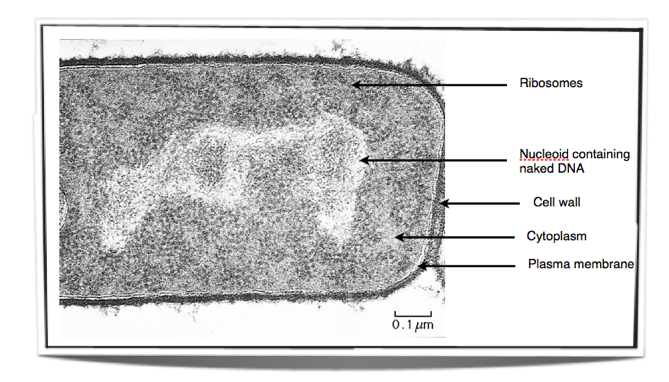

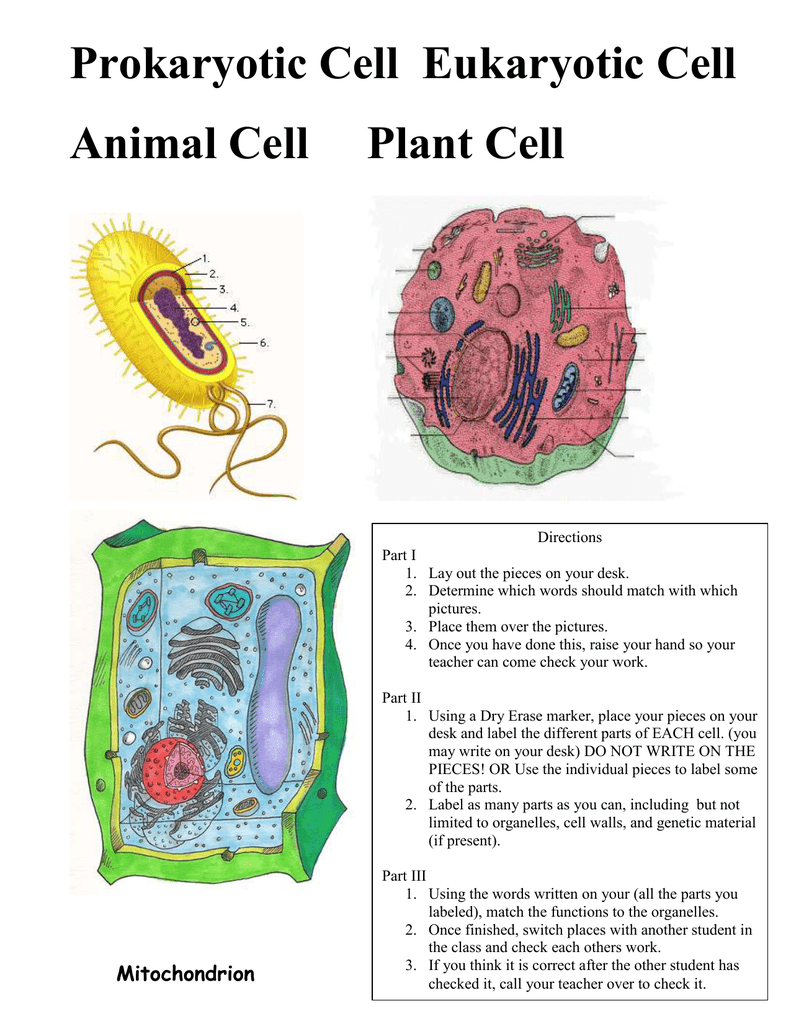

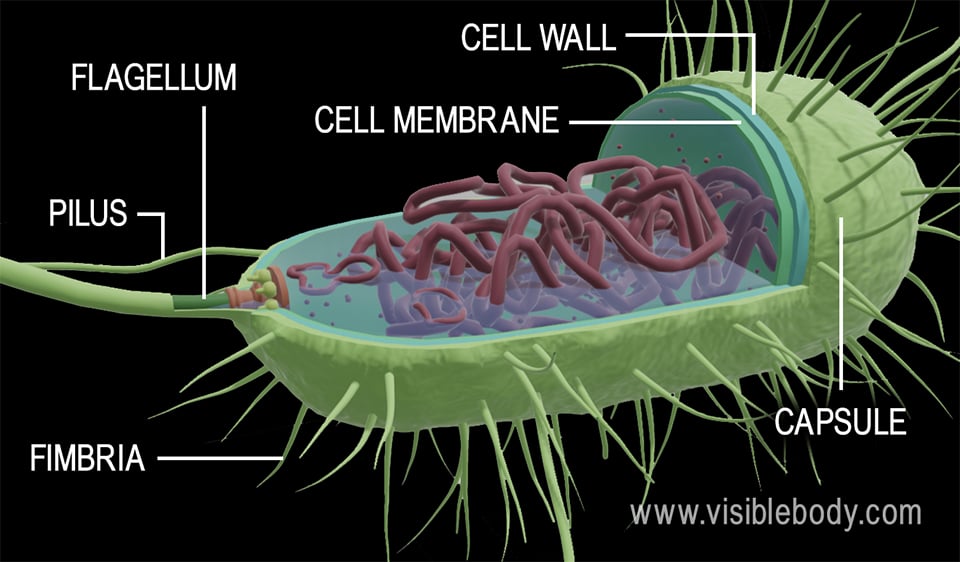
Post a Comment for "42 prokaryotic cells label"